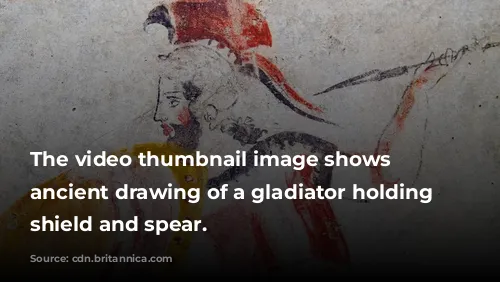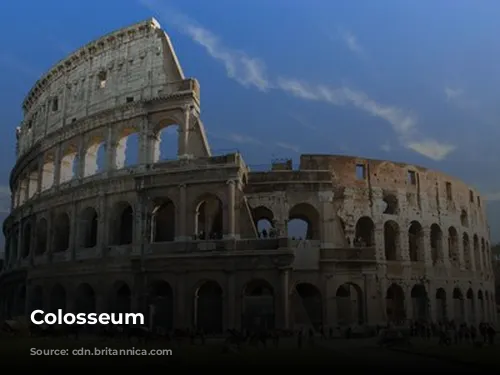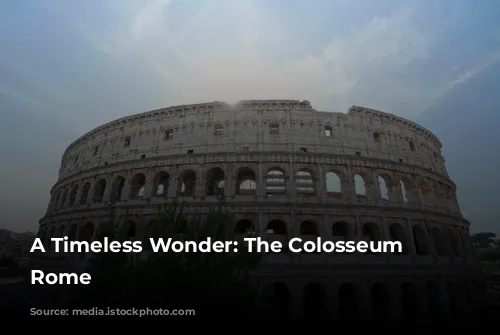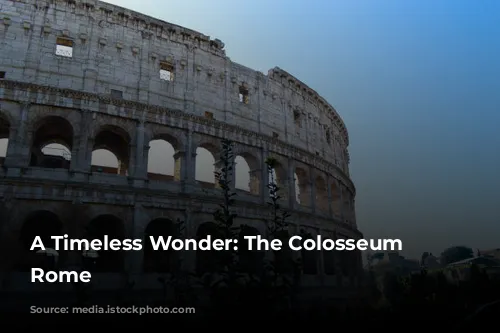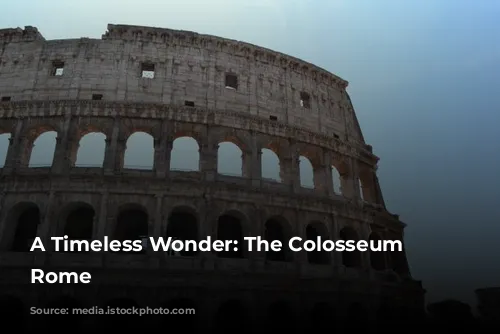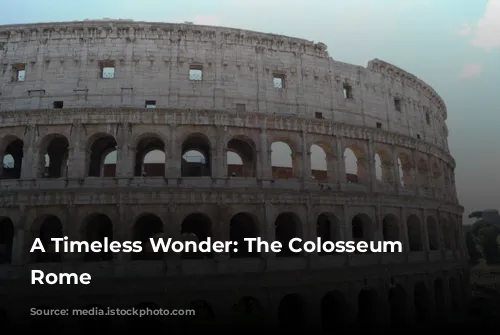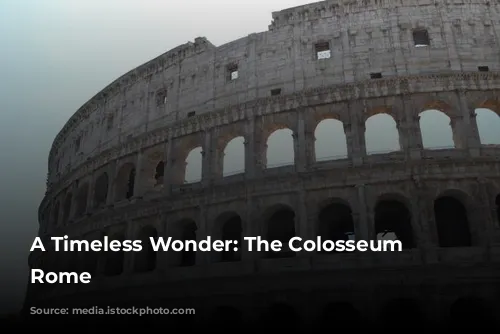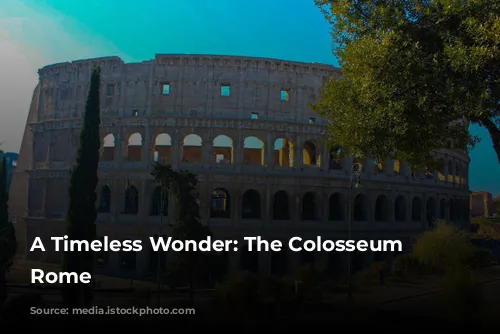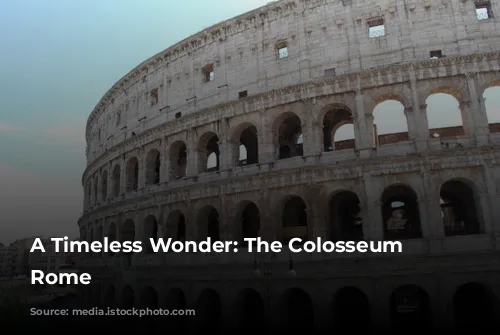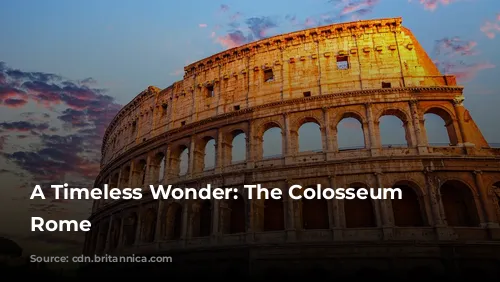Standing as a testament to ancient Roman ingenuity, the Colosseum remains one of the few relatively intact structures from the once-mighty empire. It’s not just a magnificent relic of the past, but a vital source of income for Italy, drawing tourists from all corners of the globe. In fact, in 2018 alone, the Colosseum, the Roman Forum, and Palatine Hill collectively generated over $63.3 million (€53.8 million), making it the most lucrative tourist attraction in all of Italy!
The Colosseum’s history is as fascinating as its architecture. Its journey from a vibrant center of entertainment to a crumbling fortress and even a stone quarry is a tale of both destruction and resilience. After the fall of the Western Roman Empire, the Colosseum fell into a state of disrepair. The Frangipane and Annibaldi families, vying for power, repurposed the arena as a stronghold during the 12th century. The 15th century saw a different kind of exploitation, with Pope Alexander VI authorizing the Colosseum to be used as a source of building materials. For over a thousand years, the Colosseum lay neglected, its grandeur fading with time. Thankfully, state-funded restoration efforts began in the 1990s, giving new life to this ancient monument.
A Legacy of Entertainment and Power
The Colosseum was conceived as a symbol of imperial might and a way to revitalize Rome after the tumultuous year known as the “Year of the Four Emperors” (69 CE). Like other amphitheatres across the empire, Emperor Vespasian envisioned the Colosseum as a grand entertainment venue, hosting a spectacle of gladiator fights, animal hunts, and even mock naval battles. This arena wasn’t just about entertainment; it was about showcasing the power and grandeur of the Roman Empire.
The Colosseum’s construction began under Vespasian between 70 and 72 CE, and its dedication ceremony was held in 80 CE by his son and successor, Titus. Titus’s son, Domitian, added the fourth story in 82 CE, completing the structure. It’s interesting to note that the Colosseum was funded with spoils from Titus’s conquest of Jerusalem in 70 CE, and its construction was carried out by enslaved Jewish laborers from Judaea. This historical detail adds a layer of complexity to the Colosseum’s narrative.
An Architectural Masterpiece
The Colosseum, also known as the Flavian Amphitheatre, is an elliptical marvel of engineering and construction. This impressive structure, standing four stories tall at its highest point, is made of stone, concrete, and tuff. It measures a staggering 620 by 513 feet (189 by 156 meters) and could accommodate up to 50,000 spectators. The Colosseum became synonymous with gladiatorial combat, a brutal yet captivating form of entertainment that enthralled the masses.
The Colosseum’s location was strategically chosen. It was built just east of the Palatine Hill, on the grounds of what was once Nero’s infamous Golden House. Vespasian, who rose to power after a tumultuous period, made a bold statement by replacing Nero’s opulent, private lake with a public amphitheater, symbolizing a shift from tyranny to a focus on public entertainment and civic engagement.
A Symphony of Engineering and Design
The Colosseum stands apart from its predecessors, which were typically built into natural hillsides for support. It is a freestanding structure, a marvel of engineering achieved through a complex system of barrel vaults and groin vaults. Its impressive dimensions – 620 by 513 feet (189 by 156 meters) – speak to the ambition and skill of the Roman builders.
The Colosseum’s façade is a testament to Roman architectural aesthetics. Three of its stories are encircled by arcades, framed by engaged columns in the Doric, Ionic, and Corinthian orders. This rising arrangement of columns, a classic example of the “assemblage of orders,” became a defining element of Renaissance architecture. The Colosseum’s construction materials reflect the ingenuity of the Romans: travertine for the main framework and facade, volcanic tufa for the secondary walls, and concrete for the inner bowl and arcade vaults.
A World of Entertainment Under the Roman Sun
The Colosseum was designed to provide its massive audience with protection from the elements. A massive retractable awning, known as a velarium, shielded spectators from the sun. Supporting masts extended from corbels built into the Colosseum’s top story, and hundreds of Roman sailors were needed to manipulate the rigging that extended and retracted the awning. The Colosseum witnessed thousands of gladiatorial combats, contests between humans and animals, and even mock naval battles, captivating audiences with its thrilling spectacles. While the Colosseum is often associated with the martyrdom of early Christians, there is no definitive historical evidence to support this claim.
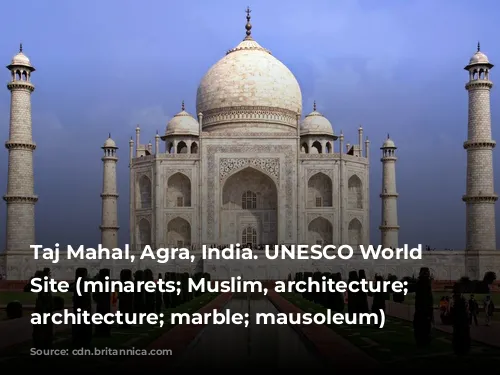
From Glory to Neglect and Revival
In the Middle Ages, the Colosseum found itself repurposed, first as a church and later as a fortress for the powerful Frangipane and Annibaldi families. Over time, however, the Colosseum faced a series of setbacks, including damage from lightning, earthquakes, vandalism, and pollution. The marble seats and decorative materials disappeared, as the site was treated as little more than a quarry for over a thousand years.
The Colosseum’s preservation efforts began in earnest in the 19th century, with notable contributions from Pope Pius VIII. A major restoration project was launched in the 1990s, giving this ancient monument a new lease on life. Today, the Colosseum remains one of Rome’s most iconic tourist attractions, welcoming nearly seven million visitors annually. The Colosseum continues to inspire and captivate, with changing exhibitions showcasing the rich culture of ancient Rome, reminding us of the enduring legacy of this extraordinary structure.
